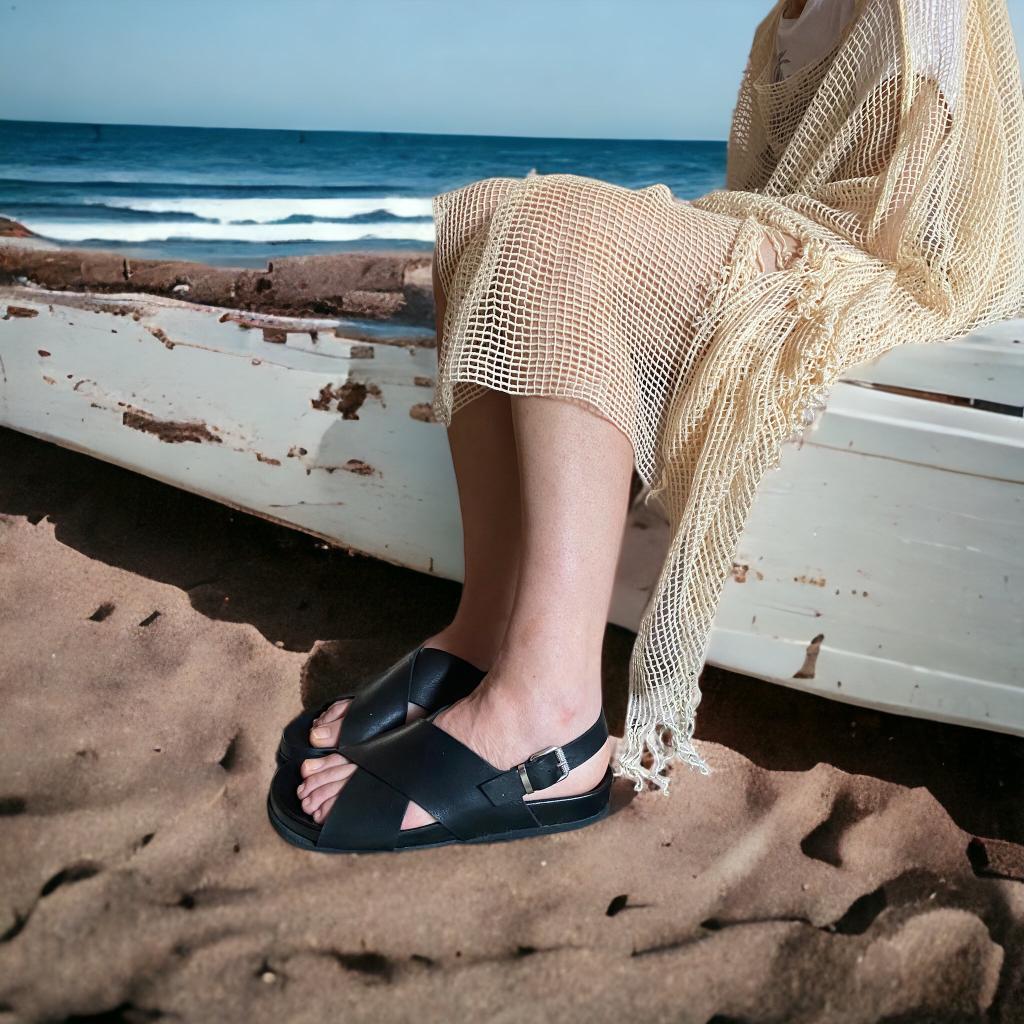Learning from Depeche Mode
What the iconic band can teach us about style
Do you know there’s a lot we can learn from Depeche Mode? We went to see them live on July 14, Memento Mori World Tour. It was amazing! The sound was perfect, so all the fans could really enjoy each song. And it seems unbelievable we started listening to their music in the ’80s when we were at school, and we never stopped. Because they always made great music! That electro-dark, refined goth, intense and melancholic. Inspired to life and which describes humans’ experiences with unique melodies.
The tribute to Andrew Fletcher, the band member who died in May 2022, was particularly moving. However, the whole concert was extraordinary, soulful, song by song. We loved it!
By the way, the Milano concert was sold-out. And the day before it, the band released two more Milano dates for 2024, which probably are sold out, too. So, there’s something we can learn from them.
“We’ve been that band that nobody understood. Then we’ve been the band that everybody tried to imitate, and suddenly we were the band that everybody says, ‘oh we were influenced by.'”
Dave Gahan
What can we learn from Depeche Mode?
“It’s a competitive world” but Depeche Mode became an iconic synth-pop band. So, how did they do it?
First, passion: they started doing what they liked, the music they enjoyed and kept on with that. Even if people didn’t believe they would survive the first years or criticised them.
The most important lesson is about creativity, consistency, and style. Specifically, the band built a very strong identity, precise captivating sound and image, from clothes to haircuts – always recognisable. In fact, they have never changed to fit the current trends. Therefore, another lesson is the ability to evolve, as they did over forty years while being true to themselves.
Over time they engaged with a specific audience who loved – and still loves – their sound. Not with everyone. No tricks to get other genres involved. Their music is for those who resonate with it.
No marketing tricks, no fluff. Just timeless music and style.
Indeed, there’s a lot we learn from Depeche Mode. They did their way.
So, find the place you are ok with.
Learning from Depeche Mode Read More »
